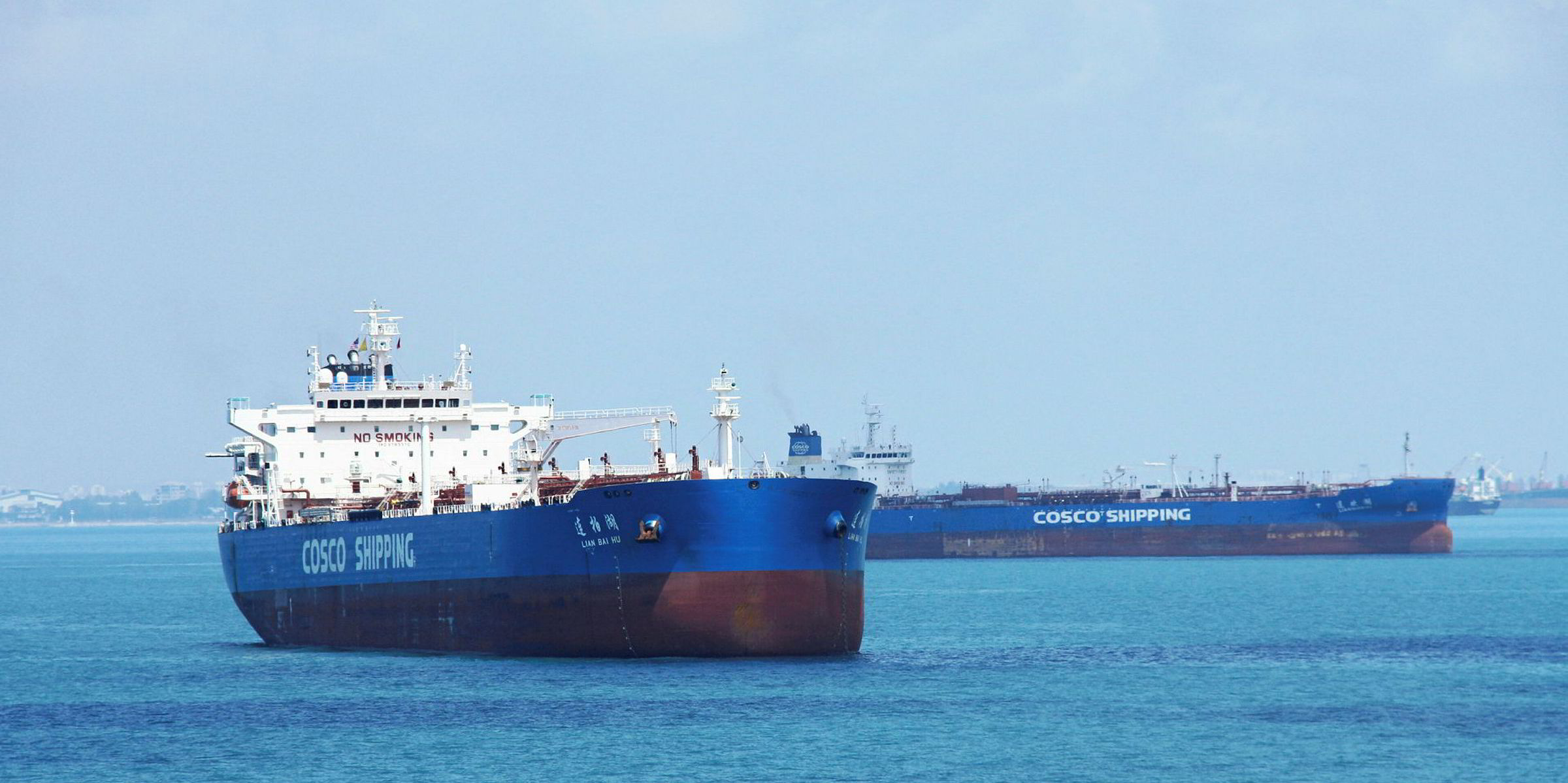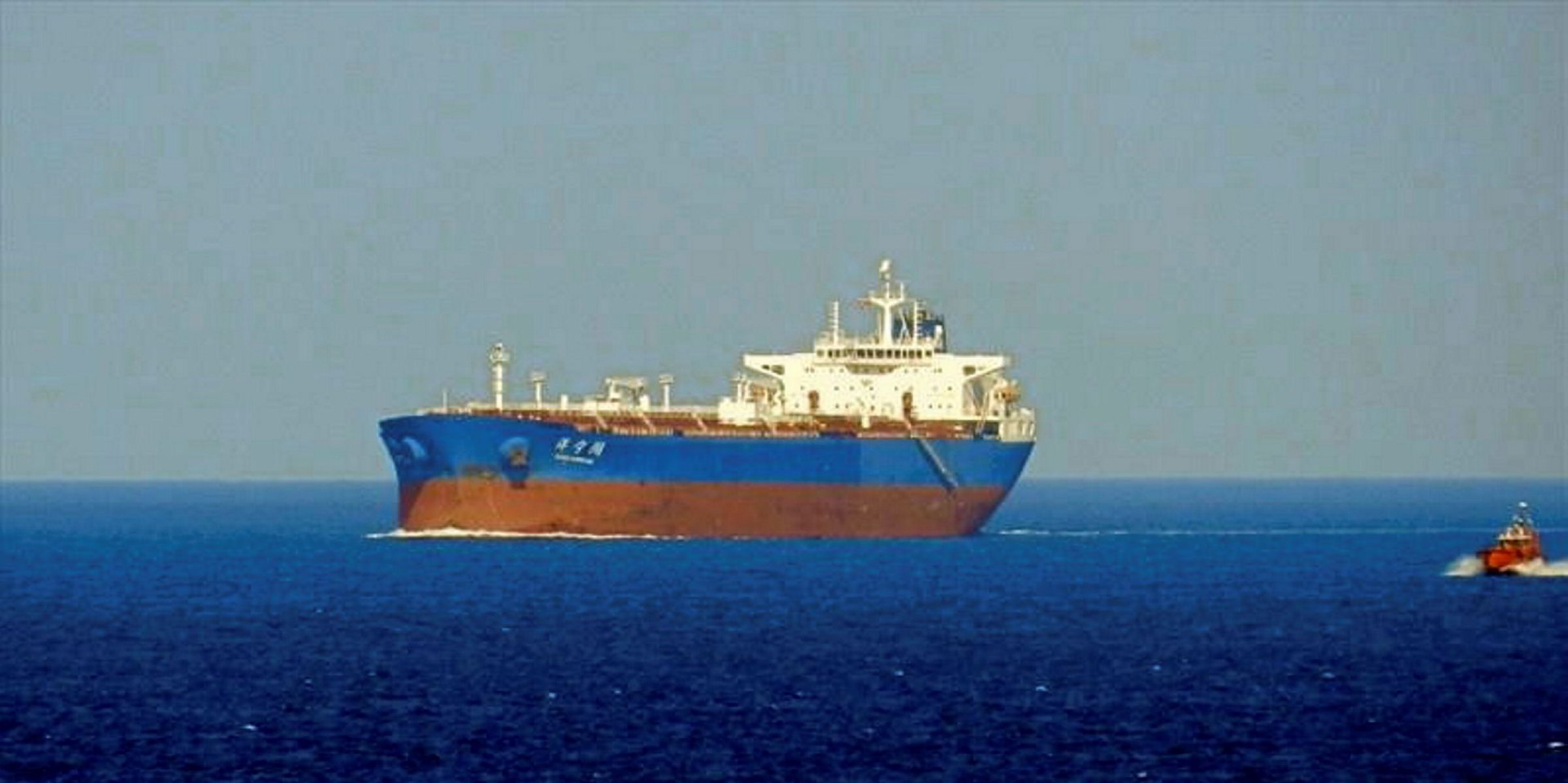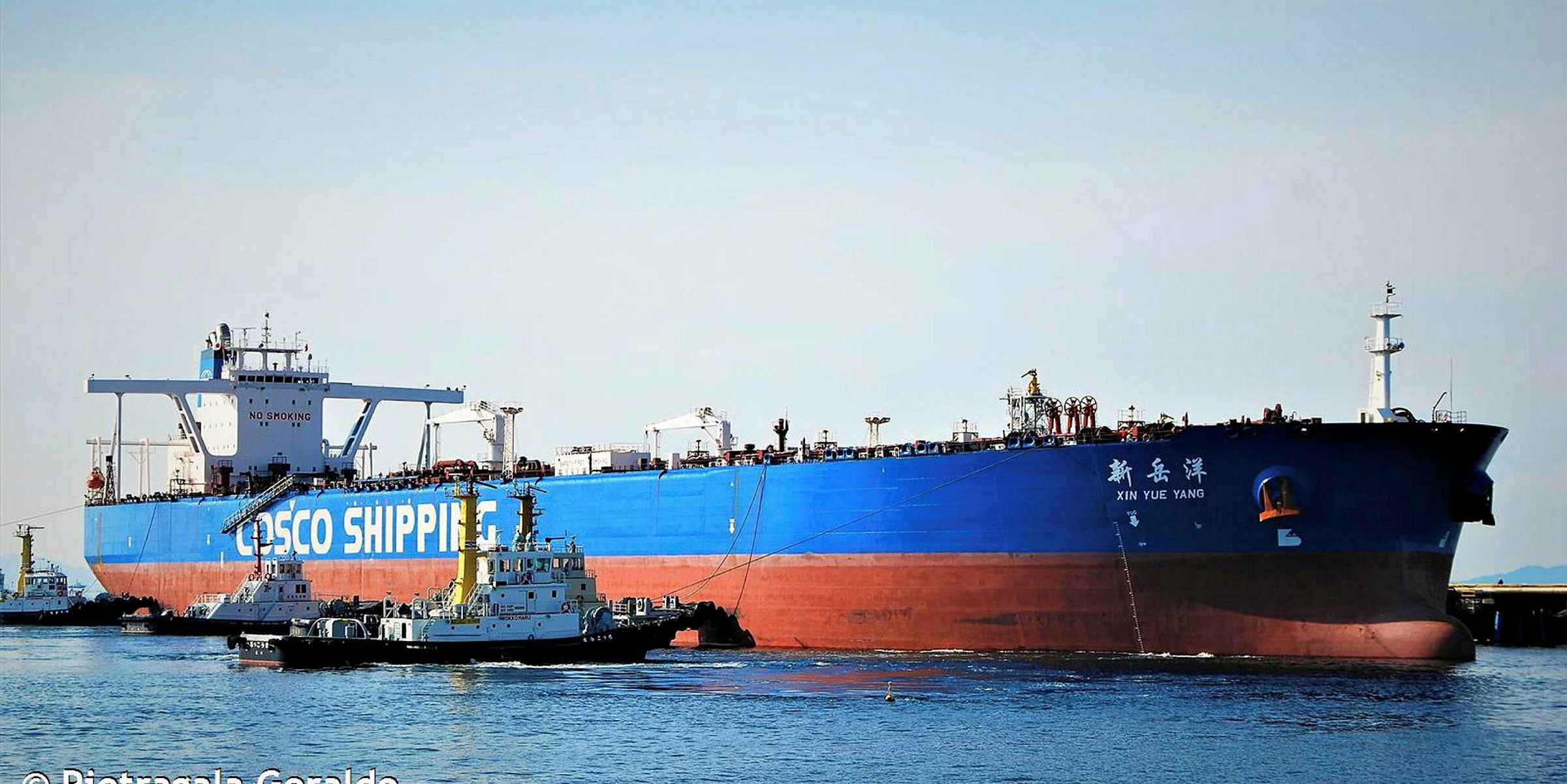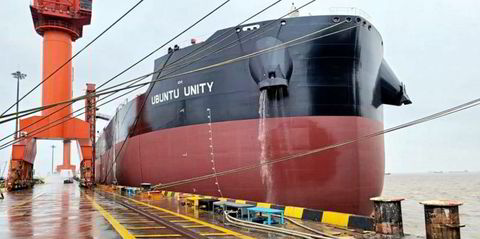The US lifted sanctions on Cosco Shipping Tanker (Dalian) Co on Friday, providing relief to the Chinese state tanker firm but creating oversupply worries to the shipping market.
The move from the Office of Foreign Asset Control (Ofac), the US government agency responsible for enforcing sanctions, had been expected for some time since Beijing and Washington sealed a so-called "phase-one" trade agreement on 15 January.
Ofac also removed from the sanctions list Xu Yazhou, who served as the president of Cosco Dalian. The company’s affiliate Cosco Shipping Tanker (Dalian) Seamen and Ship Management, however, remains under sanctions.
On 25 September, Ofac put the two Cosco group firms, four other companies and five Chinese nationals on the Specially Designated Nationals list for allegedly transporting Iranian oil.
Cosco Dalian is one of the two main subsidiaries of Cosco Shipping Energy Transportation (CSET) - the largest Chinese energy shipping company by fleet size.
According to CSET, which is ultimately controlled by state giant China Cosco Shipping, Cosco Dalian owned 26 VLCCs, eight panamaxes, three suezmaxes, three aframaxes, and three handysize or smaller tankers as of end-June 2019.
The fleet has been mostly out of the international tanker trade since late September.
Cosco Dalian used to own half of China LNG Shipping, a 50:50 joint venture with China Merchants Energy Shipping. Operations of the company, which is one of the largest Chinese owners of LNG carriers, had been affected for much of the fourth quarter, before Cosco Dalian sold its stake to CSET.
Exchange filings showed Shanghai- and Hong Kong-listed CSTE taking a heavy hit to its bottom line, with a net loss of at least CNY 103m ($14.8m) last quarter.
Weakening tanker markets
The return of the Cosco Dalian fleet is expected to rub salt into the wound of tanker owners, who have faced lacklustre spot vessel demand amid oil demand worries triggered by the coronavirus outbreak.
Spot earnings of non-scrubber VLCCs on the benchmark Middle East Gulf (MEG)-China route were assessed at $28,409 per day on the Baltic Exchange on Friday, down from $33,760 per day on Thursday and $104,218 per day a month ago.
“We understand that approximately 20 to 25 VLCCs have been idle or underutilised since the implementation of sanctions. This is against a base of about 800 VLCCs in the world,” Stifel analyst Ben Nolan said.
“Consequently, we expect the effective utilisation for crude tankers to slip, which should be a negative headwind for tanker rates.”
Data of Tanker International showed the scrubber-fitted, 317,975-dwt DHT Mustang was provisionally fixed by Taiwan CPC for a voyage from the MEG to Taiwan at Worldscale 54.5, with a loading date between 14 and 16 February.
Similar deals were done at nearly WS 86 last week.
Average spot suezmax earnings were assessed at $39,206 per day, down from the week-ago level of $56,108 per day, while aframax earnings eased to $19,764 per day from $44,764.
While estimating that the sanctions relief would reduce VLCC earnings by $10,000 per day, Clarksons Platou Securities suggested that more Chinese crude imports from the US and slowing newbuilding deliveries may support tanker rates.
“We view the potential return of Cosco vessels as a negative for VLCC earnings but it’s important to highlight that it’s not a game changer,” the brokerage said.
“Once the coronavirus scare is over, there is bound to be a catchup effect, we argue, with stronger demand and higher rates likely.”








